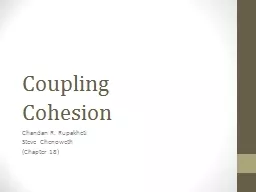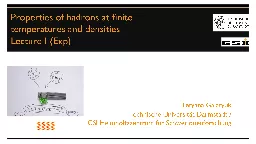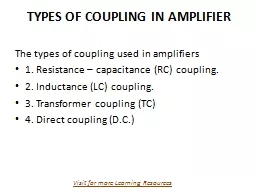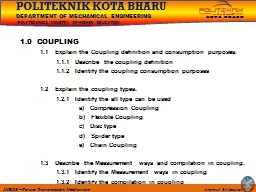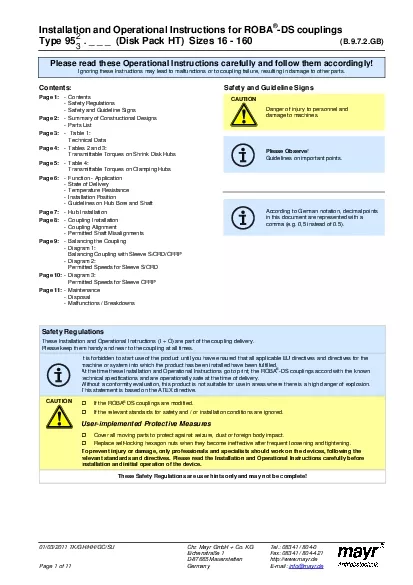PPT-Coupling teaching and research
Author : kittie-lecroy | Published Date : 2017-09-30
Incorporating a research project into a required course Fall 2003 Centenary College Fall Sophomore Cell Biology 2 lectures 3 labs Spring Junior Genetics 1 lecture
Presentation Embed Code
Download Presentation
Download Presentation The PPT/PDF document "Coupling teaching and research" is the property of its rightful owner. Permission is granted to download and print the materials on this website for personal, non-commercial use only, and to display it on your personal computer provided you do not modify the materials and that you retain all copyright notices contained in the materials. By downloading content from our website, you accept the terms of this agreement.
Coupling teaching and research: Transcript
Download Rules Of Document
"Coupling teaching and research"The content belongs to its owner. You may download and print it for personal use, without modification, and keep all copyright notices. By downloading, you agree to these terms.
Related Documents





